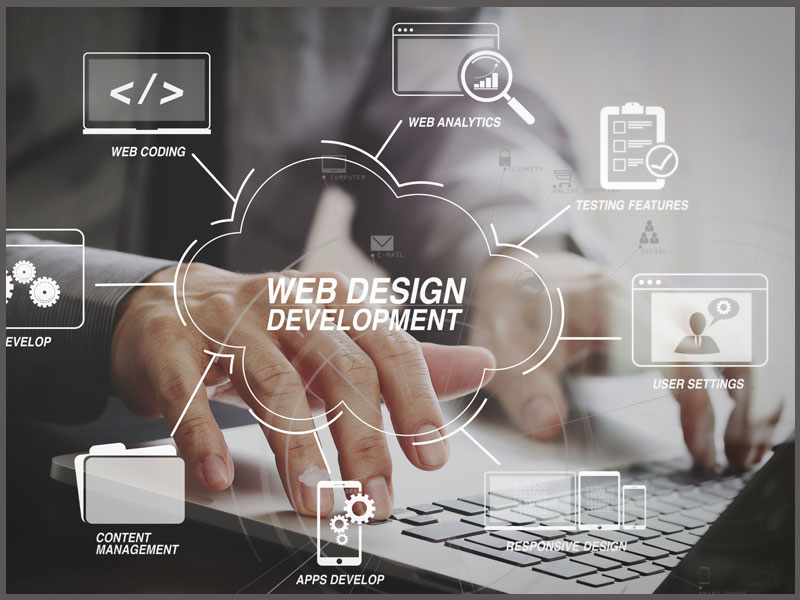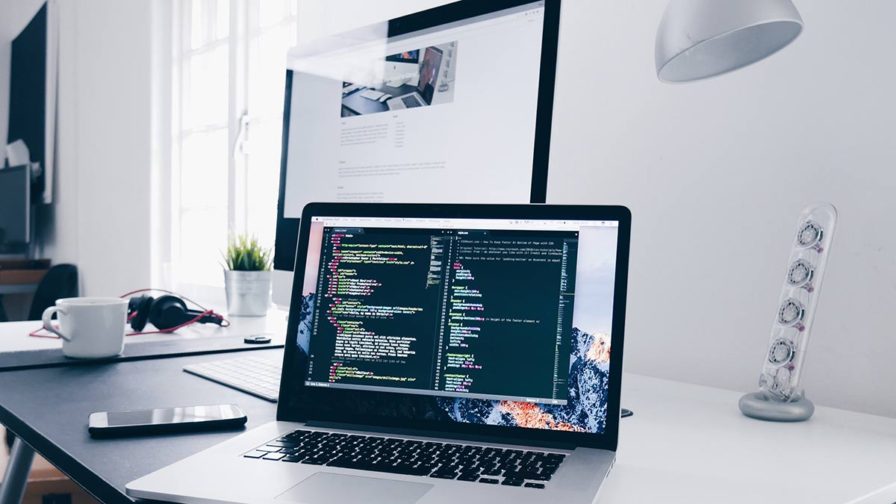Aligned Position Web Design: Perfectly Designed Websites to Capture Your Audience’s Attention
Aligned Position Web Design: Perfectly Designed Websites to Capture Your Audience’s Attention
Blog Article
The Very Best Kinds of Website Design to Boost User Experience and Interaction
In the ever-evolving landscape of electronic communication, the effectiveness of Web layout considerably affects user experience and engagement. Numerous design approaches, such as minimal, responsive, and interactive formats, each deal unique benefits that can deal with varied customer demands. Understanding which sorts of Web design best serve these goals can be critical for businesses aiming to enhance client fulfillment and retention. The inquiry continues to be: which layout aspects absolutely resonate with customers and foster significant involvement? The expedition of these principles reveals vital understandings that might redefine your technique to website design.
Minimal Website Design
As electronic landscapes come to be significantly chaotic, minimalist website design has emerged as an effective method to boosting user experience. This design ideology prioritizes simplicity, concentrating on important aspects while removing unneeded disturbances. By making use of sufficient white room, simple navigating, and a minimal shade palette, minimal style fosters clarity and guides user attention to vital material.
The core principle of minimal website design is to develop a seamless interaction for users. By minimizing cognitive load, individuals can promptly realize details without really feeling overwhelmed. This direct strategy not just boosts usability yet also urges involvement, as site visitors are more probable to explore a website that is easy and visually appealing to browse.
Additionally, minimalist layout typically emphasizes typography and imagery, utilizing these components tactically to convey messages efficiently. This concentrate on vital components can enhance brand name identity and develop a memorable individual experience. Basically, minimal Web style is not simply a fad; it is a thoughtful method that recognizes the significance of user-centered layout. By removing additional elements, developers can create a more appealing, efficient, and enjoyable Web experience for all customers.
Responsive Website Design
In today's diverse digital setting, receptive website design has come to be essential for producing a seamless individual experience throughout a plethora of gadgets. As users gain access to web sites on smart devices, laptops, desktops, and tablets, the capacity of a web site to adapt its format and web content to various display dimensions and resolutions is crucial.
Receptive website design uses flexible grids, images, and CSS media queries to make sure that Web material exists efficiently, no matter the gadget used. This method not only boosts the aesthetic allure of a web site however likewise dramatically enhances usability. Customers are most likely to engage with a site that provides a consistent experience, as it removes the disappointment of needing to focus or scroll excessively.
By taking on responsive style, companies can boost their presence and get to a more comprehensive target market. In recap, responsive Web style is a basic method that improves user experience, engagement, and total complete satisfaction.
Interactive Web Style
Receptive Web style lays the groundwork for boosting individual experience, however interactive website design takes this a step additionally by engaging individuals in an extra vibrant way - Aligned Position Web Design. By integrating aspects such as computer animations, clickable prototypes, and real-time feedback, interactive Web layout mesmerizes individuals, drawing them right into a richer surfing experience
This strategy not just cultivates engagement however likewise urges individuals to explore material actively as opposed to passively eating it. Strategies such as gamification, where customers gain incentives for completing tasks, can significantly boost the moment invested in a site and improve total fulfillment. Interactive functions can streamline intricate info, making it much more pleasurable and digestible.

Incorporating interactive design elements can also result in greater conversion prices, as individuals are more probable to engage with a website that proactively includes them. Aligned Position Web Design. Ultimately, interactive Web design transforms individual experiences into remarkable trips, making certain that site visitors return time after time
Flat Style
Characterized by its minimalistic method, level layout stresses simpleness and functionality, stripping away unneeded components and concentrating on important features. This layout approach focuses on functionality, guaranteeing that customers can browse interfaces effortlessly and efficiency. By using a tidy aesthetic, level layout removes the clutter you can look here commonly discovered in much more ornate styles, thereby improving customer concentrate on web content and functionality.
The characteristic of level design lies in its use vibrant shades, basic typography, and geometric shapes. These elements add to an aesthetically attractive user interface that is both modern-day and friendly. Additionally, flat layout fosters a feeling of quality, permitting users to discern necessary actions and information without disturbance.
Moreover, flat style is especially efficient in receptive Web layout, as its simpleness equates well across different gadgets and screen sizes. By focusing on essential functions, level style not just fulfills user needs however likewise encourages smooth interaction, making it an essential element of effective Web layout strategies.
Adaptive Web Layout
Adaptive website design personalizes the customer experience by developing multiple repaired layouts customized to various display sizes and devices. Unlike receptive design, which Going Here fluidly readjusts a single design, flexible design utilizes unique designs for certain breakpoints, ensuring optimal presentation on numerous systems. This method enables developers to concentrate on the unique qualities of each gadget, improving use by delivering specifically what users require based on their context.
One of the primary advantages of adaptive website design is its ability to maximize tons times and performance. By offering tailored web content and pictures that fit the user's tool, web sites can reduce information usage and boost loading speeds. This is particularly useful for customers with slower links or limited data strategies.

In addition, adaptive layout facilitates a more controlled and consistent branding experience. Given that designers create multiple layouts, they can make sure that the visual elements straighten with the brand name's identification across different platforms - Aligned Position Web Design. This results in a cohesive user experience, improving engagement and promoting customer retention
Final Thought
Minimalist style cultivates quality and emphasis, while receptive layout ensures versatility across different devices, promoting access. Jointly, these design approaches contribute to the development of straightforward settings that not just boost complete satisfaction but likewise drive greater conversion prices, emphasizing their more vital significance in contemporary Web style strategies.

Minimal design cultivates clarity and emphasis, while receptive style guarantees versatility throughout different gadgets, advertising accessibility. Jointly, these design approaches contribute to the production of easy to use atmospheres that not only improve complete satisfaction yet likewise drive higher conversion rates, underscoring their vital relevance in modern Web design strategies.
Report this page